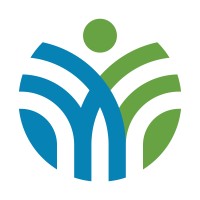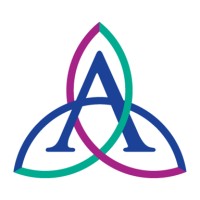
Allina Health
People at Allina Health have a career of making a difference in the lives of the millions of patients we see each year at our 90+ clinics, 12 hospitals and through a wide variety of specialty care services in Minnesota and western Wisconsin. We’re a not-for-profit organization committed to enriching your career by providing ongoing training, competitive compensation, support for work-life balance and ways to give back to the communities we serve. Join our team of 29,000+ employees – your career opportunities are limitless!






